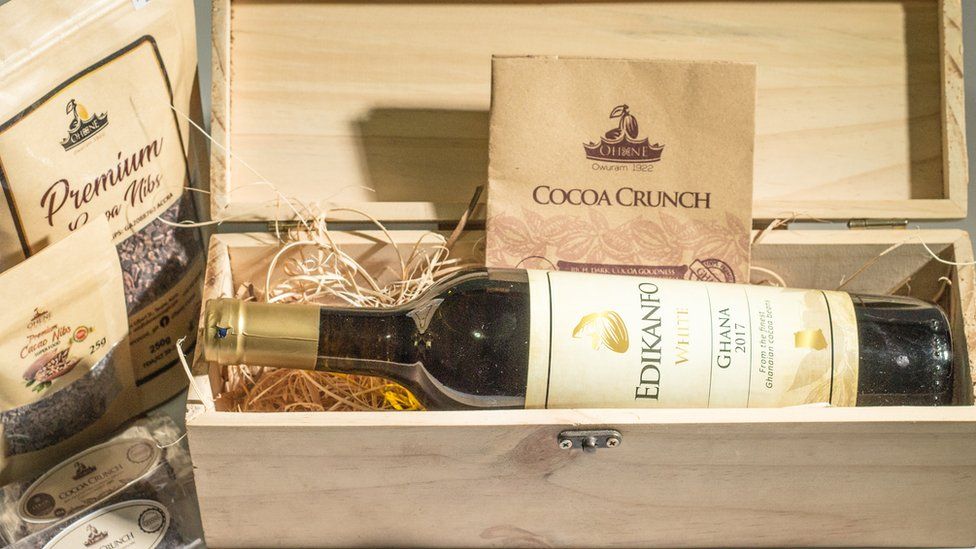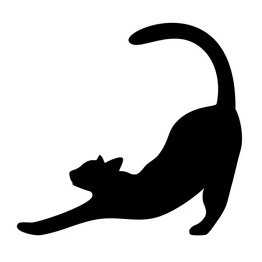Ghana Water Limited Needs Gh¢300m to Dredge, Desilt Key Water Sources – MD

The Ghana Water Limited (GWL) says it requires about GH¢300 million to undertake a major dredging and desilting exercise around key water sources that supply its treatment plants nationwide.
The company explained that the exercise has become urgent due to increasing levels of siltation, which pose a growing threat to its operations and water quality across the country.
Speaking at a news conference in Accra yesterday, the Managing Director of GWL, Mr. Adam Mutawakilu, said the situation had deteriorated to the extent that conventional water treatment had become difficult, costly, and sometimes impossible after heavy rainfall.
He attributed the problem to the activities of illegal small-scale mining (galamsey) and sand winning near water bodies, which have caused severe siltation at several treatment facilities.
“Siltation breaks the system in several ways. Operationally, we face more frequent shutdowns when turbidity levels exceed what our systems can handle,” Mr. Mutawakilu said.
Costly treatment and operational disruptions
He explained that GWL had been forced to switch from using alum to specialised polymers in its treatment process. While the change had improved efficiency under current conditions, it had also significantly increased operational costs.
Mr. Mutawakilu revealed that the company spent GH¢77.8 million last year on two dredging exercises at Owabi and Mampong in the Ashanti Region. These efforts, he said, helped keep water abstraction channels open but also required temporary shutdowns that disrupted water supply to surrounding communities.
Most affected treatment plants
According to him, some of the most affected treatment plants include:
Anyinam, Kibi, and Osino on the Birim River,
Daboase and Sekyere Hemang on the Pra River, and
Jambuase on the Black Volta.
24-month catchment recovery plan
To address the problem sustainably, the Managing Director proposed a 24-month catchment recovery plan targeting eight priority river basins that feed GWL’s treatment plants.
The plan will include riverbank stabilisation, re-vegetation of erosion hotspots, targeted dredging, and coordinated community engagement to protect riverbanks.
“Targeted upstream recovery will restore abstraction capacity, reduce treatment challenges, lower energy use per cubic metre, and extend asset life by reducing abrasive wear,” Mr. Mutawakilu explained.
Appeal for support
He appealed to corporate organisations and development partners to support the company’s efforts.
“We seek co-funding from Corporate Ghana and our development partners to match GWL’s investments,” he said.
Mr. Mutawakilu commended the government for its ongoing efforts to protect water bodies and combat illegal mining, reaffirming GWL’s commitment to restoring lost capacity, reducing treatment losses, and ensuring a stable and safe water supply for consumers.
He also pledged that the company would provide regular updates on its progress to stakeholders and partners.
By Ghanaian Times.



